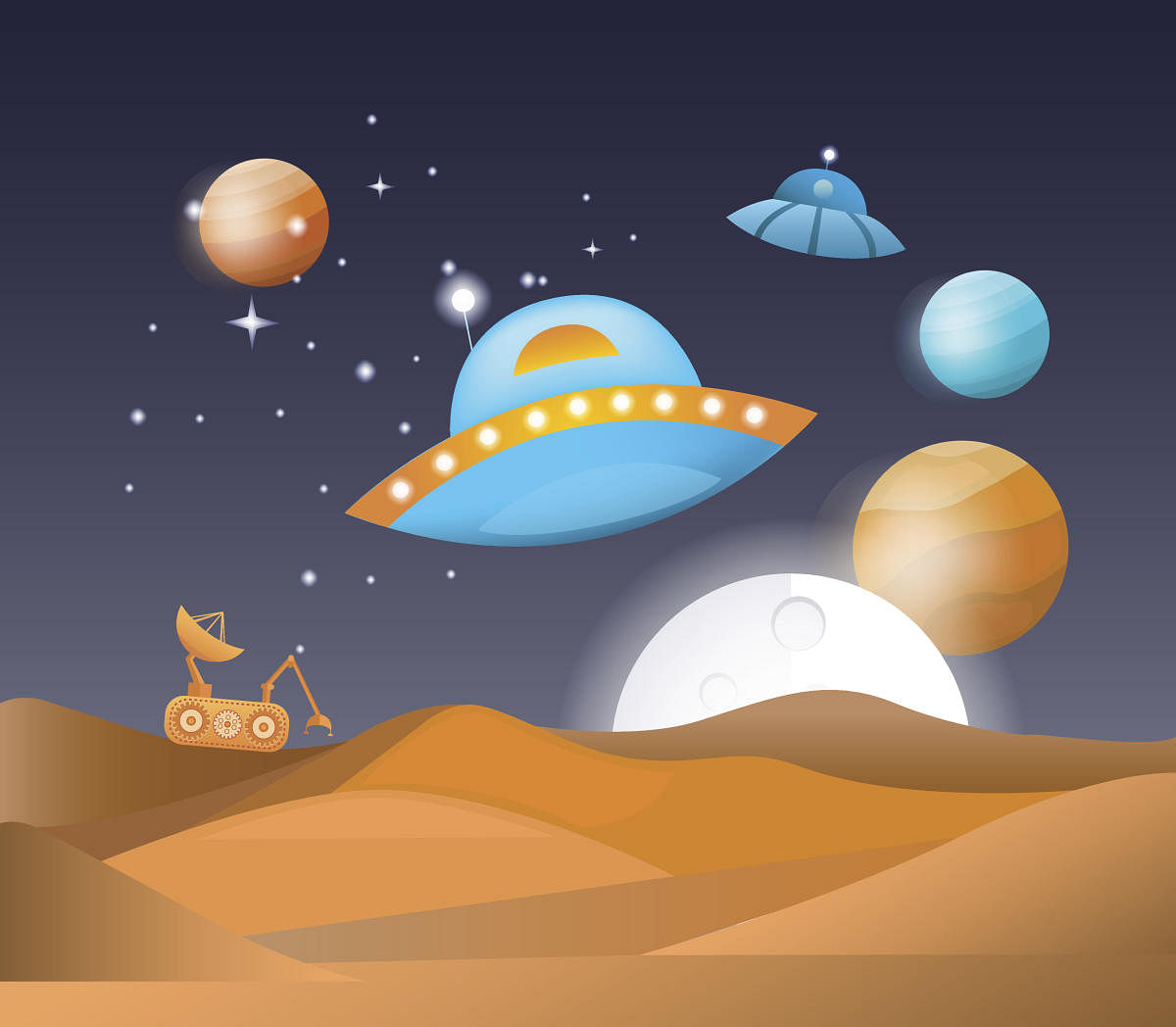Pseudoscience refers to any statement, proposition or body of knowledge that claims to be scientific but is not. Simply, pseudoscience is “science” that does not work.
While science helps us find real solutions, pseudoscience provides us with fake ones. Science illuminates our paths; pseudoscience pulls us into darkness and ignorance. It’s important for academicians and schools to differentiate between the two.
Sometimes the line between science and pseudoscience can be hazy. Here are some effective ways to distinguish between the two:
Science tests a hypothesis based on empirical evidence, which may prove or disprove the hypothesis. In contrast, pseudoscience looks only for evidence that supports its hypothesis. Those who contradict it are conveniently ignored.
Pseudoscience feeds on secrecy, real scientific research is based on transparency. Pseudoscience deliberately creates mystery where none exists, by omitting crucial information, background and important details.
Pseudoscience persuades using misinformation, rhetoric, propaganda and misrepresentation. It frequently bases its conclusions on unreliable, unverifiable and anecdotal evidence. Presenting valid evidence is the hallmark of real science.
Pseudoscience depends on varied aspects of culture, instead of the unchanging patterns in nature. Science is largely culture-neutral.
Science is testable, pseudoscience is not. Pseudoscientists avoid carrying out careful and methodical experiments, are indifferent to real research and rely heavily on subjective validation. In science, controlled experiments are performed repeatedly and usually follow a double-blind protocol. A scientist typically does not have a financial stake in any specific outcome of his studies. A pseudoscientist generally earns by selling his pseudoscientific ‘wares’.
Pseudoscientific claims are frequently based on unverifiable eyewitness testimony, hearsay, anecdotes, folklore, tradition, religious scriptures and mythological works. The scientist doesn’t rely on these and makes an independent investigation.
Scientific literature is written by and for scientists. There is peer review, pre-publication verification and rigorous standards are applied to gauge accuracy. Pseudoscientific literature is frequently aimed at the general public and devoid of such checks.
Science produces reproducible and reliable results. Experiments are precisely described so that they can be duplicated. In pseudoscience; results cannot be verified. Studies, if any, are deliberately described vaguely.
Science convinces by appealing to the evidence and arguments based on logical reasoning. Pseudoscience convinces by appealing to faith and belief and often has a quasi-religious element.
Pseudoscience typically makes exaggerated claims and advances fantastic theories that overturn large portions of well-established and widely accepted science.
Challenges ahead
Separating science and pseudoscience in our education system won’t be easy. Low levels of education and ignorance make masses easy prey for the pseudoscientists.
The general social attitude of unquestioning deference to authority prevalent in society leads to uncritical acceptance and unchecked propagation of pseudoscientific drivel espoused by anyone in a position of authority; be it political leaders, men of faith, teachers and even elder family members in our homes.
Counterintuitively, advancing modernity is bringing more turbulent times which is further pushing people towards pseudosciences. Modern technology, particularly social media spread pseudoscientific claims fast, far and wide.
In the current post-truth era, it is exacting to separate the grain from the chaff. Political patronage for espousing pseudoscientific nonsense emboldens those who benefit from it. For vested interests, there is some real money to be made by promoting pseudoscience.
In a climate where pseudoscience is promoted, even the genuine accomplishments of ancient Indian scientists are delegitimised. Therefore, it is critical that we separate pseudoscience from real ancient Indian science.
To be sure, scientific knowledge evolves with time. What was regarded as the scientific truth yesterday may not be accepted today. This is how science progresses. Therefore, academics must critically review and then accept or reject portions of our traditional knowledge system.
Finally, we must not wallow in the past. Instead, we should utilise our scientific heritage to promote scientific temper and rationality today and create a better tomorrow.
(The author is sociology coaching professional)
